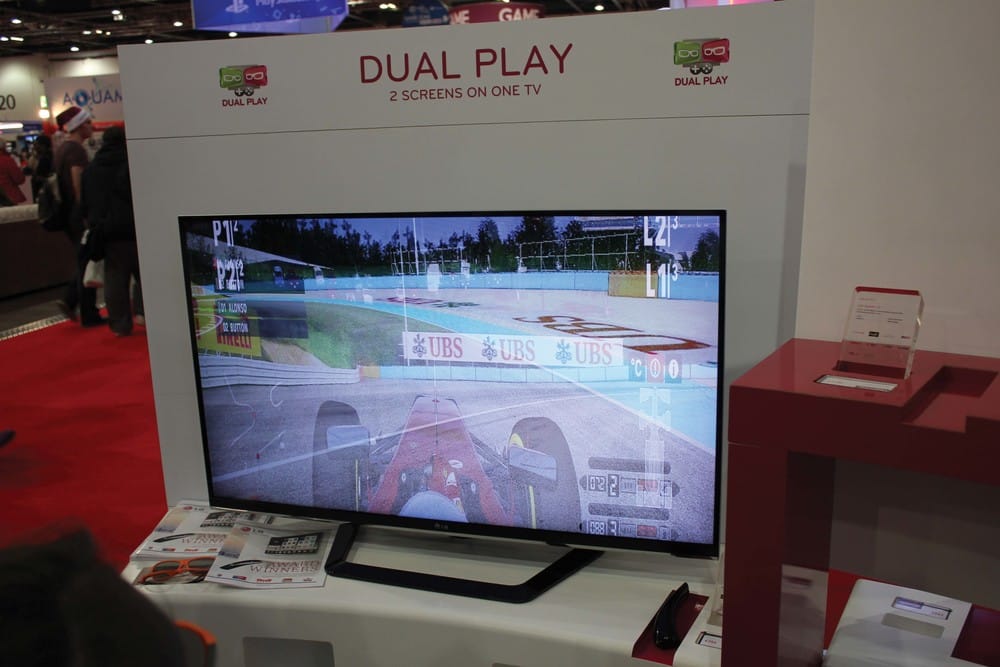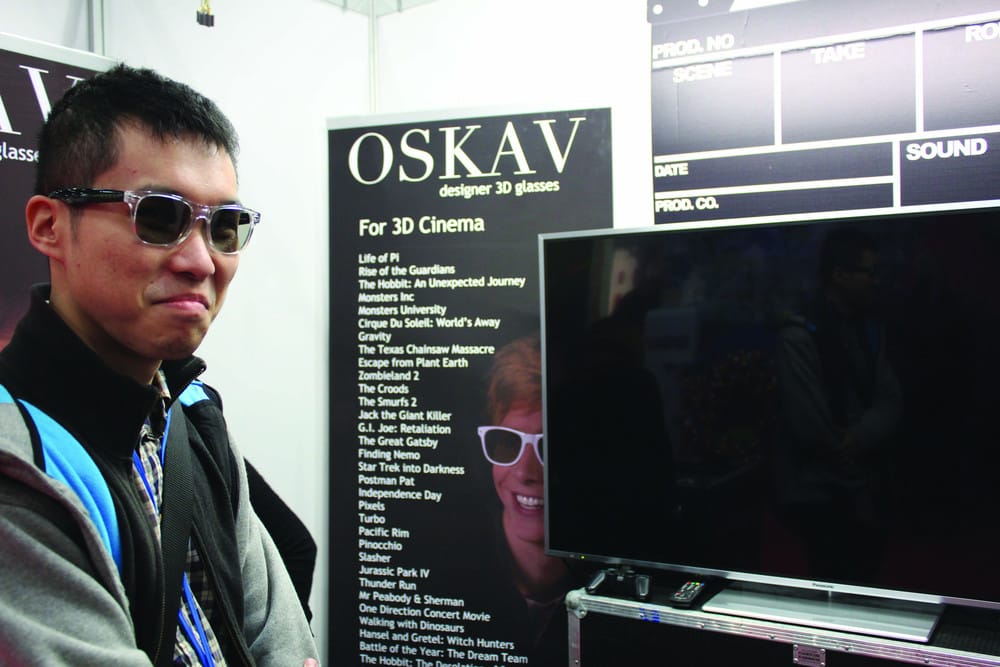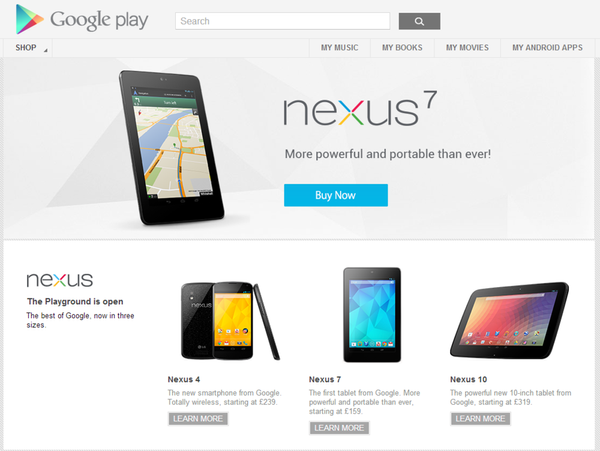Make your 3D TV more useful
Yong Wen Chua checks out LG’s amazing new dual vision 3D TV

Consumer electronics manufacturers often like to proclaim that their products boast the highest numbers in a certain arbitrary unit that often make no sense to the consumers, or are simply immaterial. Cameras like to boast that they have the highest amount of pixels while computers used to tout their “gigahertz” as their selling point. It seems that this phenomena is almost absent in the realm of televisions.
When the rush to 1080p HD-TV ended, television manufacturers rushed to implement 3D imaging in their products, to the chagrin of some and the delight of others. It seems like you cannot sell a TV without having 3D in it nowadays. Whether consumers like 3D on their TV or not is irrelevant – 3D is here to stay. LG has, however, managed to make the 3D capabilities of their TV more useful by leveraging the technology behind the 3D TV itself to allow two images to be displayed simultaneously on the screen. Firstly, let’s take a brief look at how 3D works on some of the TVs.
... a very innovative and seemingly very simple application of the 3D... TV
The human eye perceives depthin our vision through the slightly different images that our left and right eyes receive. 3D TVs takes advantage of this by making use of a technique known as stereoscopy to create an illusion of depth. This is why you can “see” images floating out or into the screens when you don those 3D glasses.
One of the ways to deliver different images to each eye is to polarise the light coming out of the screen. A light source will usually emit light in all the directions. A polarised light source will only emit light in a certain plane. Some 3D TVs will display two different images in two different polarisations, usually at 45 and 135 degrees. The lens on each side of a pair of 3D glasses are polarised to only allow light polarised to a certain plane to go through. In this case, each side of the glasses will be able to deliver different images to the right and left eyes of the view, allowing the user’s brain to be tricked into having a perception of depth.

LG makes use of this same technique to deliver two simultaneous images over one screen. Two different pairs of glasses are each attuned to different polarisation. Two users wearing the different pairs of glasses will thus see different images. This was demonstrated during the Live Gadget Show when two players could simultaneously play a racing game that would usually be in the form of a split screen. In this case, the image for each player was blown up to take advantage of the whole screen. The LG representative said that this works for all game consoles without needing any special form of processing. The user would just have to hit a few buttons on the TV remote control to tell the TV how the game consoles splits the screen, either vertically or horizontally, and the TV will do the rest of the work.
This is a very innovative and seemingly very simple application of the 3D capabilities of the TV. There are, however, some kinks to be worked out first. While I was playing as one of the players, I could see the silhouette of the images for the other player. It was like there was a “ghost” image behind the one I’m seeing. My conjecture is that this was because my head was not properly aligned with the plane of polarisation of the image intended for me, resulting in this effect. As the image I saw was upsized from an original split screen image, the graphics appear stretched and look lower in quality.
Still, there is potential in making fuller use of the 3D capabilities of the TVs beyond just simply displaying 3D images. There could be the possibility of working with game console makers in the future to deliver higher fidelity images to two different players rather than using the current “hackish” method of expanding the split screen images. There could even be the possibility of screening two films at once on the same TV screen.
It is exciting to see companies like LG “think out of the box” by making use of technology meant for one thing (in this case 3D) in a different fashion (to deliver two images simultaneously). With the ever competitive consumer electronics market, such innovative approaches can only be good for the consumers, until the patent lawyers start knocking on the doors of course.










